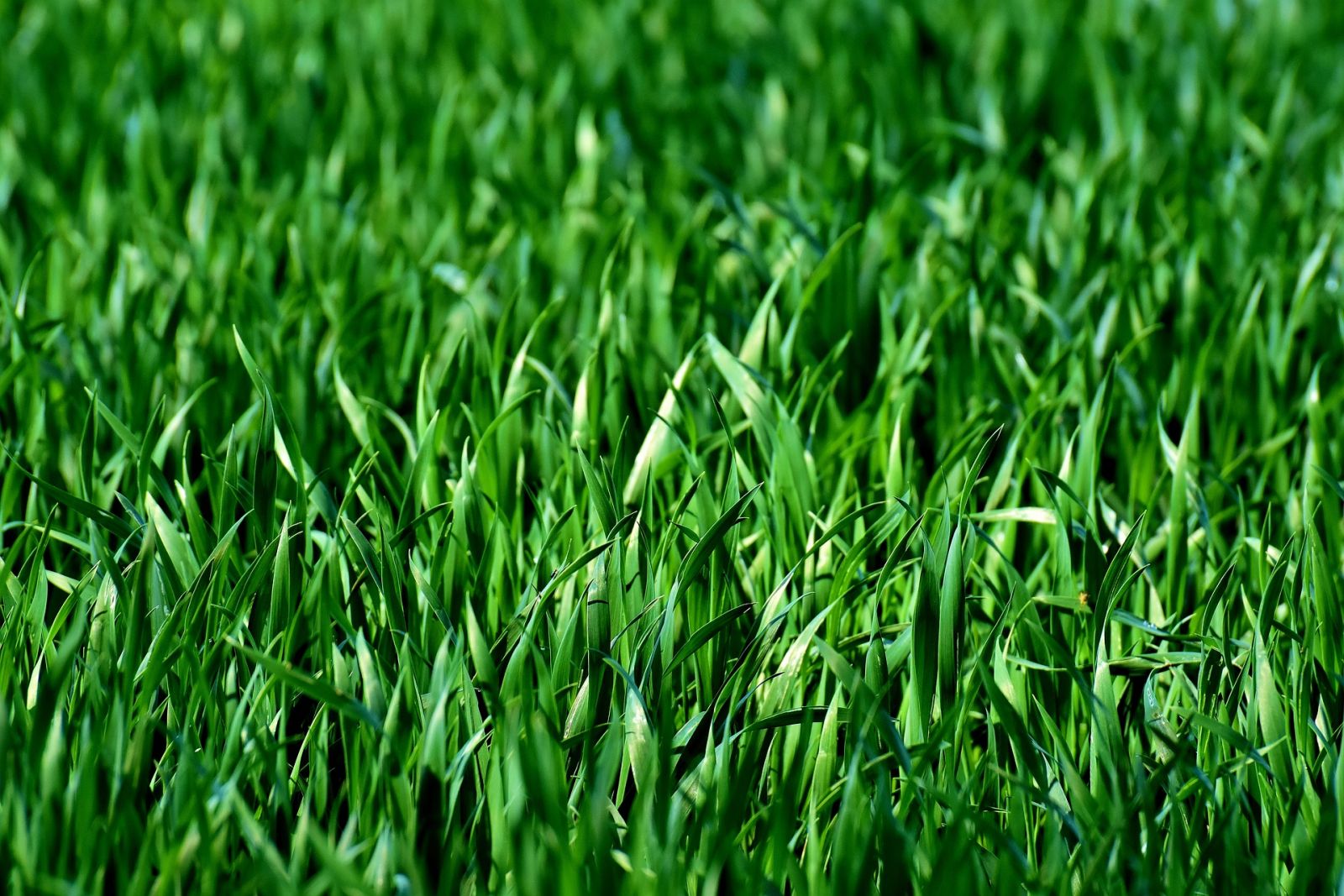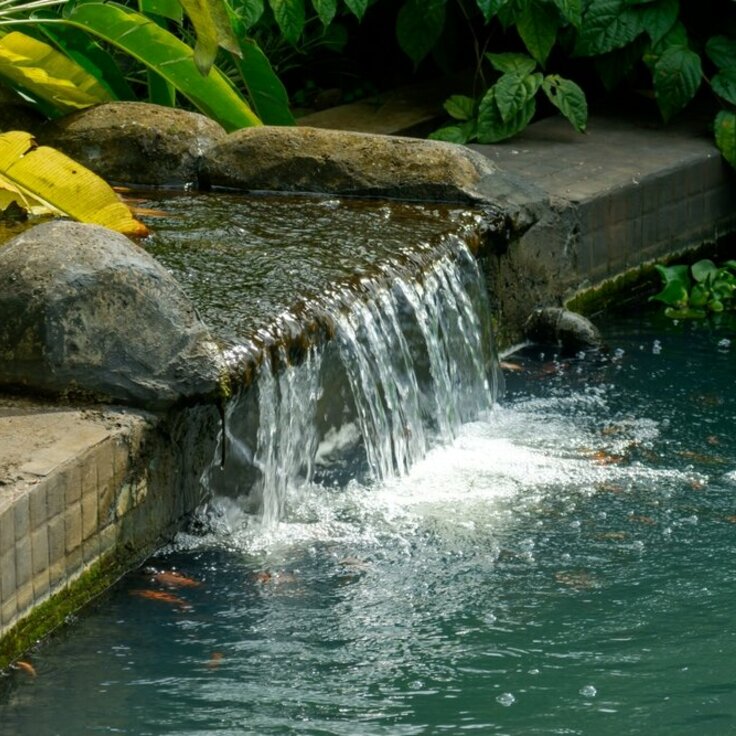The Benefits of Scarifying Your Lawn
A lush and healthy lawn is the pride of any homeowner, but achieving that perfect lawn requires regular maintenance and care. One essential practice that often goes overlooked is scarification. Scarifying, also known as dethatching, is the process of removing thatch, a layer of dead grass, moss, and other organic matter that accumulates on the surface of your lawn over time. While it may seem counterintuitive to remove this layer, scarifying your lawn can actually bring a plethora of benefits that can significantly improve the overall health and appearance of your lawn.

Why Scarify Your Lawn?
Thatch buildup can create a barrier that prevents essential nutrients, water, and air from penetrating the soil and reaching the roots of your grass. This can lead to a weakened lawn that is susceptible to diseases, pests, and drought. Scarifying your lawn can effectively break down this layer of thatch, allowing your lawn to breathe and absorb nutrients more efficiently. This can result in the following benefits:
1. Enhanced Nutrient Absorption
Scarifying your lawn can promote better nutrient absorption by allowing fertilizers to penetrate the soil and reach the root zone more effectively. This can help your grass receive the essential nutrients it needs for healthy growth, resulting in a denser, greener, and more vibrant lawn. With the right lawn feed, your lawn will be shining green in no time.
2. Improved Water Penetration
Thatch can create a water-resistant barrier on the surface of your lawn, causing water to pool and run off instead of being absorbed by the soil. Scarifying your lawn can break down this barrier, allowing water to penetrate the soil more easily. This can help prevent waterlogging, promote deeper root growth, and reduce the risk of diseases caused by excessive moisture.
3. Enhanced Air Circulation
Scarifying your lawn can also improve air circulation, which is crucial for healthy grass growth. Thatch can suffocate your lawn by trapping moisture and preventing air from reaching the roots. Scarifying your lawn can open up the surface, allowing air to circulate freely and promoting better respiration for your grass, resulting in a stronger and more resilient lawn.
4. Reduced Pest and Disease Risk
Thatch can create an ideal breeding ground for pests and diseases, as it provides a warm and moist environment that encourages their growth. Scarifying your lawn can help remove this conducive environment, reducing the risk of pest infestations and diseases that can damage your lawn.
5. Improved Overall Lawn Appearance
A thatch-free lawn is not only healthier, but it also looks more aesthetically pleasing. Scarifying your lawn can improve the overall appearance of your lawn by promoting a denser, greener, and more uniform turf. This can significantly enhance the curb appeal of your property and make your lawn the envy of your neighbourhood.
How to Scarify Your Lawn
Now that you understand the benefits of scarifying your lawn, you may be wondering how to do it effectively. Here are some steps to follow:
- Assess the thickness of the thatch layer: Use a thatch rake or a lawn scarifier to determine the thickness of the thatch layer. If it exceeds half an inch, it's time to scarify your lawn.
- Choose the right time: Scarifying is best done during the growing season of your grass, typically in the spring or fall, when the grass is actively growing and can recover quickly.
- Mow your lawn: Before scarifying, mow your lawn to a shorter height than usual. This will make it easier to remove the thatch and allow better access for scarifying equipment to reach the soil.
- Scarify your lawn: Use a scarifying machine or a thatch rake to remove the thatch from your lawn. Make sure to go over the entire lawn multiple times in different directions to ensure thorough removal of the thatch layer.
- Collect and remove the thatch: After scarifying, collect and remove the thatch from your lawn. You can use a rake or a lawn vacuum to gather the thatch and dispose of it properly.
- Overseed and fertilize: Once the scarifying process is complete, it's a good time to overseed your lawn with grass seed and apply a quality fertilizer to promote new growth and recovery.
- Water and care for your lawn: After scarifying, make sure to water your lawn adequately and provide proper care, including regular mowing, watering, and fertilizing, to help your lawn recover and thrive.
Scarifying your lawn can bring numerous benefits that can significantly improve the health and appearance of your lawn. From enhanced nutrient absorption and improved water penetration to reduced pest and disease risk and an overall better-looking lawn, scarification is a valuable practice in lawn care. By following proper scarifying techniques and providing proper care afterwards, you can achieve a healthy and vibrant lawn that stands out in your neighbourhood.








